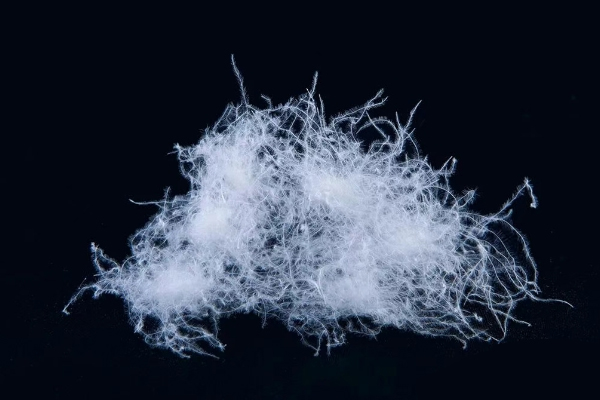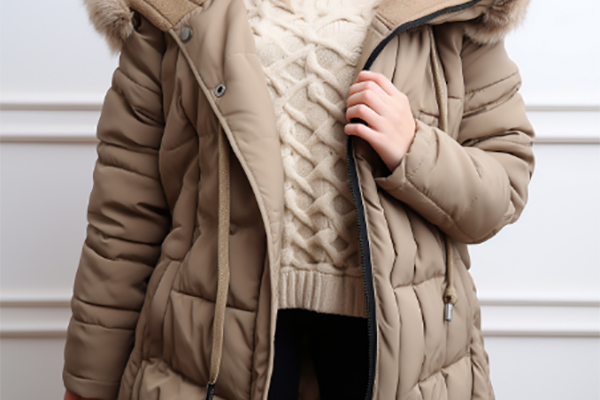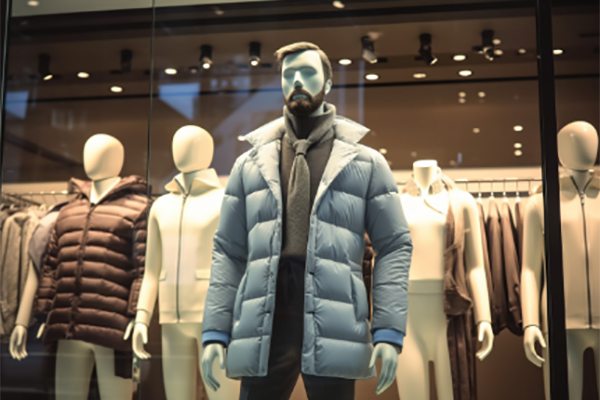CCTV News (Reporter/Kan Chunyu Editing/Lv Yuanyuan): Meteorological experts predict that a rare "triple" La Ni ñ a climate event will occur in the winter of 2022. The China Meteorological Administration predicts that there will be five cold air processes affecting our country in November. The cold air says' After you sing, I'll come on stage ', and down jackets have become a source of security in the cold wind.
According to data from a certain e-commerce platform's Double 11 shopping festival, approximately 100 million down jackets are being viewed online every day recently. On average, each Fujianese person has 1.03 down jackets in their shopping cart, and each Guangxi person has 1.04 down jackets in their shopping cart. Even Hainanese people who didn't originally spend the winter are adding down jackets.
Unlike previous years, this winter is the first sales season for down jackets after the implementation of the new national standard.
Where is the new national standard for down jackets?
The three major indicators of down jacket selection, including velvet content, filling amount, and fluffiness, which were often mentioned in previous down jacket selection guides, have been replaced by a somewhat unfamiliar indicator - velvet content. After the implementation of the new national standard, clothing products with a velvet content of not less than 50% can be called down jackets.
Cao Zonghua, Secretary General of the Down Clothing Branch of the National Clothing Standardization Technical Committee, participated in the development of the new national standard. He explained, "The velvet content in the old national standard includes velvet and detached single fibers, and the insulation effect will be greatly reduced after the fibers fall off. The inclusion of fibers in the velvet content can easily confuse consumers
He compared the new standard to a process of squeezing moisture, only looking at the content of down, making the concept of down more concise.
Associate Professor Wu Hongyan from the School of Materials Design and Engineering at Beijing Institute of Fashion Technology succinctly summarized the changes brought about by the new national standard: "Previously, down jackets labeled with a 90% velvet content may only have a velvet content of 80%. Now, by separately introducing the concept of velvet content, consumers can easily understand and improve the insulation performance of down jackets
Cao Zonghua said: ''One of the core technical indicators for measuring down quality internationally is down content. The new national standard is conducive to China's down jacket's integration with the international standards and better access to the international market. ”
The reduction of down fibers will also reduce the problem of drilling and running hair that troubles consumers. Cao Zonghua introduced that the new national standard simulates the wearing scene of consumers and develops a targeted testing method for drilling down on down jackets: "Place the entire down jacket in a rotatable box, and use 24 water bottle sized balls to continuously impact the surface of the down jacket. Count the running down fibers, fibers, feathers, and hair pieces. Once they exceed the specified range, they are judged as unqualified.
In addition, the new national standard no longer distinguishes between gray velvet and white velvet. Both experts stated that the quality and color of down have nothing to do with it. Cao Zonghua metaphorically compares white duck down and gray duck down to the black hair of Easterners and the golden hair of Westerners. "No one can say that their hair quality is better, it's just that their genes and dietary structure lead to color differences
How to find a warm down jacket in winter?
Cao Zonghua prioritizes a factor that is often overlooked by consumers and selection guides - the length of down jackets. The core insulation ability of down jackets is not determined by thickness, but by length. The larger the area covering the body, the warmer the down jacket will be. This is because clothing itself does not generate heat, but relies on preventing the loss of heat generated by the human body to provide warmth. The short down jacket paired with single pants, which young people love, will undoubtedly be "thrown into the cold palace" by the cold wind.
Cao Zonghua recommends consumers to choose according to their own needs in terms of hard indicators such as velvet content, filling amount, and fluffiness. He does not advocate consumers to pursue excessively high velvet content.
Existing research has shown that when the velvet content exceeds 80%, the increase in insulation decreases as the velvet content increases. For ordinary consumers, a down jacket with a velvet content of 75% or more is already sufficient if they are not going on outdoor adventures or extreme survival
In addition to the content of down, the fluffiness of down is the core indicator that determines its warmth retention. "The thermal insulation capacity of down is determined by the volume of static air it can store, and the puffiness is directly related to the thermal insulation." The new national standard does not make mandatory provisions on the puffiness logo. In this regard, Cao Zonghua said: "There are very few brands willing to mark the puffiness in the down jacket market, because most brands of down jacket have similar puffiness, once marked, it means that it has significant advantages."
In addition, the filling amount of down jackets also has a significant impact on their warmth retention. Cao Zonghua introduced that down jackets with a filling capacity of 100g or less are usually only suitable for temperatures above 0 ℃, while down jackets with a filling capacity of 200g or more are suitable for wearing at temperatures above -20 ℃.
Down is of high quality and sufficient quantity, and the fabric and structure of clothing should also keep up. By comparison, thicker and harder fabrics are more resistant to wind, "Cao Zonghua reminded." Whether the cuffs, collar, and hem are tightened, whether the down jacket fits well, and whether there is a hat all affect the insulation performance
Down jackets are becoming increasingly expensive, has the cost-effectiveness improved?
The White Paper on High Quality Development of China's Down Industry released by the China Down Industry Association shows that China is the world's largest producer, exporter, and consumer of down and its products. According to data from the Food and Agriculture Organization of the United Nations (FAO), China accounts for 74.2% of global duck farming and 93.2% of global goose farming. Therefore, as a byproduct of the goose and duck breeding industry, China's down raw materials also account for the vast majority of the global market. An unknown fact is that the export share of down raw materials and down products in China is greater than that of domestic sales.
Data shows that in 2018, China's annual production of down raw materials exceeded 400000 tons, with an annual export earnings of nearly 4 billion US dollars, accounting for over 70% of the global market share. More than 80% of down clothing and down bedding from well-known foreign brands are produced in China.
The high-end trend of down jackets was pioneered by foreign brands. After foreign high-end down jacket brands came to explore, the entry of domestic down jacket brands into the high-end market has sparked discussions among many netizens. Wu Hongyan introduced that there is still a certain gap in technology and price between Chinese down brands and international high-end brands, especially in terms of technology barriers for down jackets suitable for extreme environments. However, the research and development funding for domestic down brands has been increasing year by year, which is a good trend
Wu Hongyan said, "The down jacket industry is undergoing product iteration and upgrading. On the road to competing in the high-end market, the price increase must be accompanied by the overall performance improvement of the product." She noticed that compared to the past emphasis on the thermal performance of down jackets, the current consumer demand is becoming more diversified, with higher requirements for fashion, technology, and workmanship.
The combination of cost and brand operation strategy has pushed up the price of down clothing in the Chinese market.
According to statistics from the China Down Industry Association, the average unit price of down jackets in China showed an overall upward trend from 2010 to 2018. From 2016 to 2017, the sales unit price of down jackets increased by 9% and 8% respectively. By 2018, the average unit price of down jackets in China was 555.6 yuan/piece, a year-on-year increase of 7.51% compared to 2017.
After the implementation of the new national standard, some analysts told the media, "The level of velvet content is related to the cost of down jackets. Down jacket products with a velvet content of 50% will have higher costs and prices than those with a velvet content of 50% in the old national standard
"The rise in the cost of raw materials, energy and labor directly affects the cost of down jackets, but the extent of quality improvement far exceeds the extent of price increase", Cao Zonghua said: "The increase in the customer price of down jackets is more positive for the healthy development of the down jacket industry. With the increase in price, the quality and durability of products are rising, and the average use cost and resource consumption of consumers will become less and less."
Chinese down brands are striving towards high-end and internationalization, which is not just about raising tag prices. Wu Hongyan said, "Whether it's technological content, product quality, or fashion design, while raising prices, the quality should also be improved in order to win the favor of consumers and enter a virtuous cycle for the brand





 EN
EN CN
CN